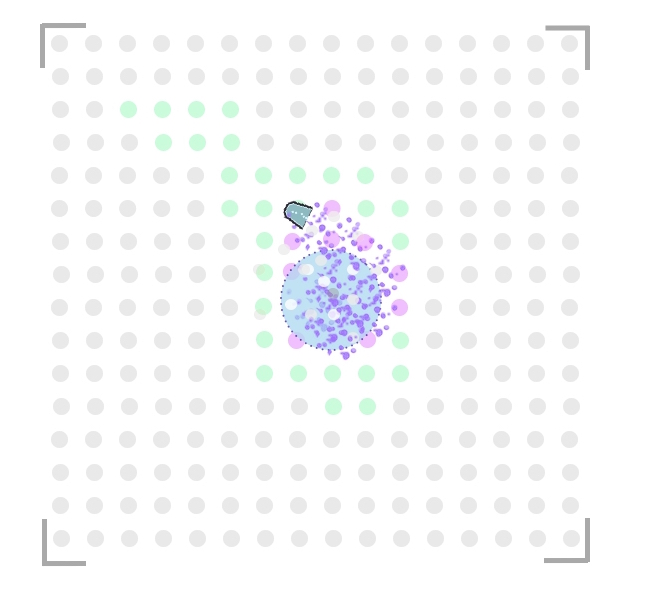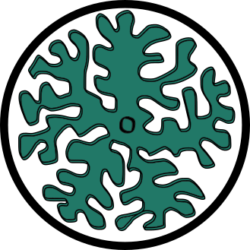
Skeleton is a collection of demographic development patterns at defined scales. These skeleton objects give rise to game objects and their actions. At a given scale of extent and grain of resolution given by HomeScope’s objective and scanning algorithms, we can image a macro territory composed of micro-territories. This lattice like resource space is the basis of a multi-scale virtual ecology. Game characters/objects live in this virtual ecology. We have so far defined four game characters which are (scalable spatial) objects present in the oracle field produced by a living swarm. These objects are defined by the fundamental demography/ecology (skeleton) of the system and are detected by HomeScope learning algorithms.
Game characters/objects (skeleton) are used to perform supervised learning of the oracle field for multi-scale analysis of the swarm development process. As players/scientists play/run experiments, HomeScope’s algorithms and player scientists learn about swarming as a trait. New game characters can be further scripted by The Swarm. As hardware evolves, new grow chamber systems are expected to play an active feedback between My Swarm events and conditions in HomeScope’s growth chambers.
Head corresponds to a long distance dispersal structure which the life cycle uses to spread to a new macro-location.
Vortex corresponds to a rotating structure which grows in size by cell division. This structure doesn’t translate its center of mass and only rotates either clockwise or counter clock wise at a speed proportional to its age and the food conditions of the location.
Ground substance is the low cell density state, where microscopic swarms coalesce and separate in a dynamic fashion.
Frozen substance is state the systems converges to as resources are consumed. Previously rotating vortexes as well as other structures, seems to freeze and stop moving as cells within sporulate.
We still refining the structure of Skeleton though the meaning is that is a core stable structure reflecting some basic topology of the wetware’s swarm space-niche utilisation.
